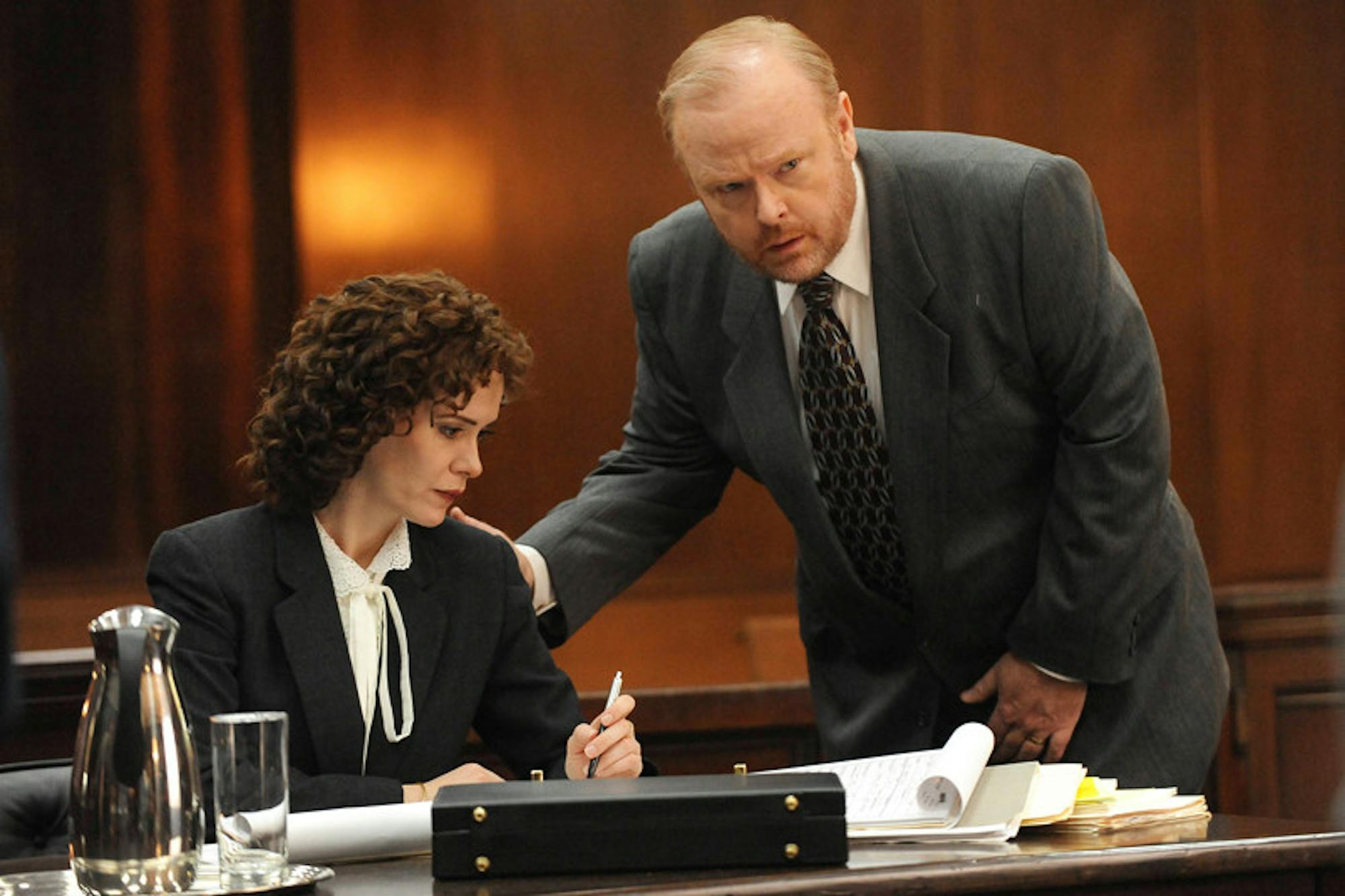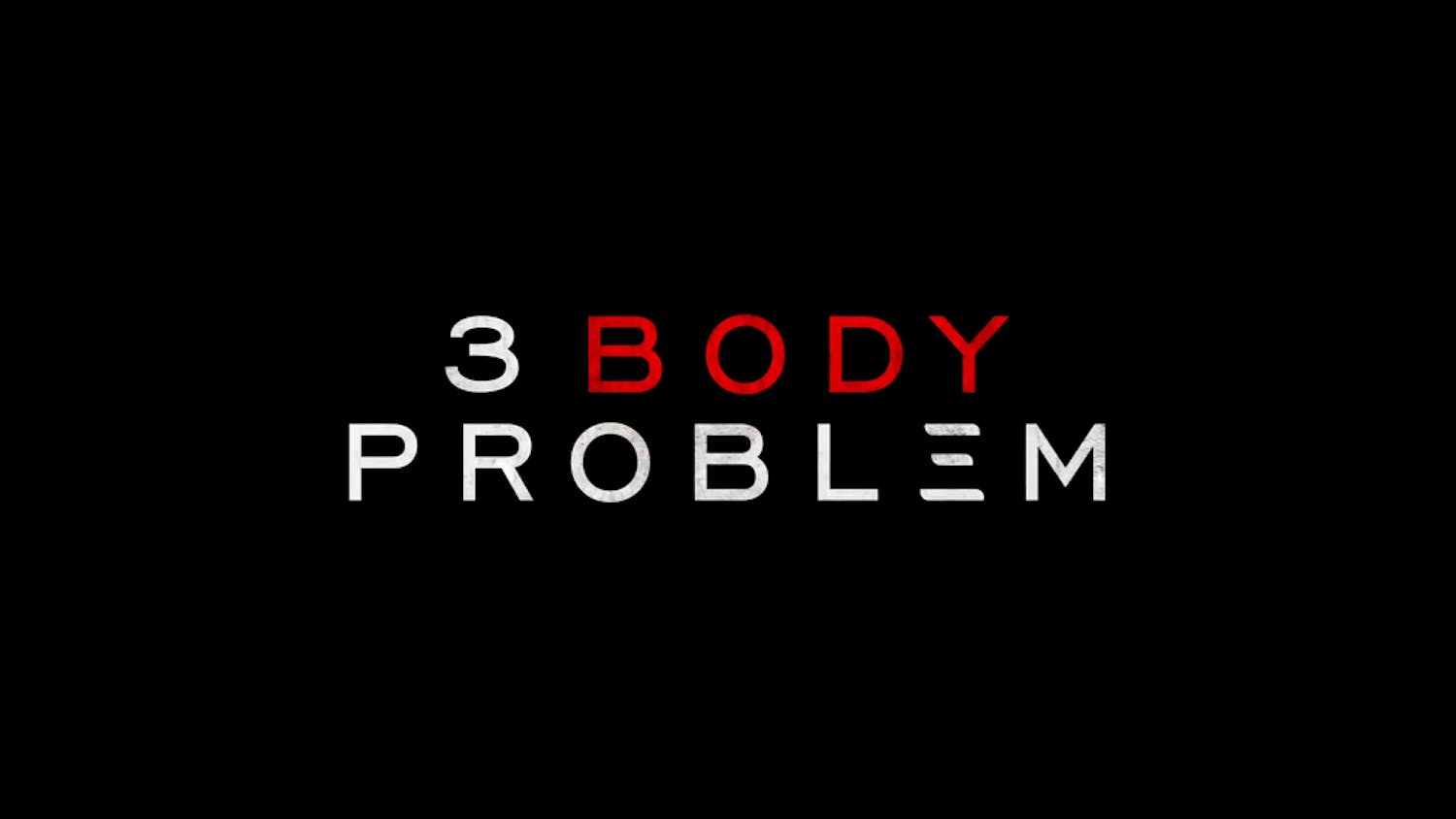True crime stories have been extraordinarily popular in the past couple years. With recent true crime hits like “Serial” (2014 - present), “The Jinx” (2015) and “Making a Murderer” (2015), it was only a matter of time before someone tackled one of the most infamous and controversial cases of all time — the trial of O.J. Simpson. FX’s “The People v. O.J. Simpson: American Crime Story” (2015) walks viewers from the moment the bodies of Nicole Brown Simpson and Ronald Lyle Goldman were found on June 12, 1994, all the way through a nine-month trial (spoiler alert…?) that ended with O.J.’s acquittal on October 3, 1995. The miniseries, created by executive producer Ryan Murphy, is anything but subtle — it’s soapy and it’s campy — but in all the best ways — and it still manages to have an edge.
The most difficult part of making a true crime show is that at least a large portion of its audience, particularly with a case as infamous as O.J.’s, will already know the outcome of the crime. This knowledge takes away any overall sense of suspense or surprise. The trick to retelling the O.J. trial is to tell it in a compelling enough way that makes it worth another visit, while still including all the fundamentals for those who are either too young for the story or lived in a media blackout for all of 1994 and 1995. “People v. O.J.” works because, first of all, it’s been more than 20 years since the trial, so while people likely remember the basics, the more specific behind-the-scenes details will seem fresh. And secondly, the writing and acting are remarkable. The characters are alive on screen, and are not just caricatures of the people they’re based on (with maybe the exception of John Travolta, who is basically a caricature of himself these days). Almost every character is fully developed and the series takes into account their complexities as people.
Out of the treatment of all the characters, Johnnie Cochran (Courtney B. Vance), a leading member of O.J.'s defense team who helped argue that the accusations against O.J. had racial implications, was probably given the most positive spin. While during the 1995 trial, many saw him simply as an egoist who was trying to make waves at all costs, “People v. O.J.” treats him more like an anti-hero — a flawed man who at the end of the day was just trying to stand up for something he believed in.
Cuba Gooding, Jr. also does a good job capturing the complexities of O.J. In the courtroom, he is always “on,” putting on an act with little smiles and gestures that are clearly all surface level. Only out of the courtroom does Gooding let O.J.’s darker side come out, indicating that this is a man who can lose control. David Schwimmer also impressed as Robert Kardashian, a defense team member for O.J., who is also his best friend. Kardashian's journey from being completely loyal to O.J. to struggling with some of the facts of the case — including a lack of other suspects — to having a complete breakdown as he realized his friend probably isn't actually innocent, is a poignant unraveling.
While the case clearly was shaped by relations between the police and African-Americans, particularly in Los Angeles following the Rodney King riots, another aspect of the show heavily focuses on an issue that is also still relevant today. The treatment of lead prosecutor Marcia Clark (Sarah Paulson) is brutal, as the entire nation criticizes everything from her aggressive prosecuting style to her childcare methods, to her hairstyle and clothing. Episode six, “Marcia, Marcia, Marcia,” focuses primarily on her, and along with being Paulson’s Emmy audition, highlights the unacceptable sexism Marcia was subjected to throughout the trial. She received a tremendous amount of abuse, all based on the fact that she was a powerful woman in the courtroom. One particularly heartbreaking sequence shows Marcia trying to soften her look following media scrutiny by getting a haircut. After at first feeling great about her new look, she walks into the courtroom to snickering and teasing looks. Even the judge makes a rude comment to her about her hair. Sitting down, she takes a sip of water as she holds back tears.
Because the series is based on what we know about the trial and the book “The Run of His Life: The People v. O.J. Simpson” by Jeffrey Toobin, not every detail is guaranteed to be the exact truth. But fact checkers online indicate that the series has been staying pretty true to reality, although that probably speaks as much to the already-existing drama of the true story itself as to anything else.
Overall, “People v. O.J.” is a fresh, energetic retelling of the O.J. trial that is over-the-top in the best ways (the Bronco chase episode is all you could’ve hoped for), but still tackles the big societal conflicts that molded the trial in a sophisticated way. The series works to give every piece of the story a balanced telling and succeeds in providing an explanation for why the O.J. acquittal may have occurred. The defense team made the right moves at the right times and exposed the prosecution’s mistakes, creating an, at least somewhat realistic, argument for O.J.’s innocence.
He definitely did it, though.
'The People v. O.J. Simpson' is a must-watch

Sarah Paulson as Marcia Clark and Christian Clemenson as Bill Hodgman in "American Crime Story: The People v. O.J. Simpson."
Summary
5 Stars





